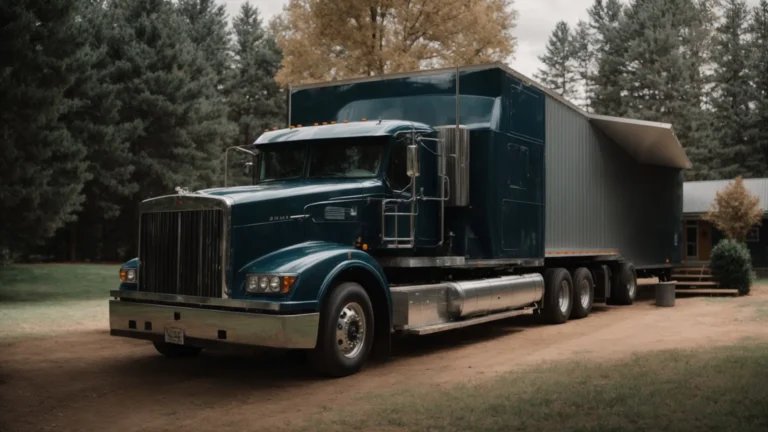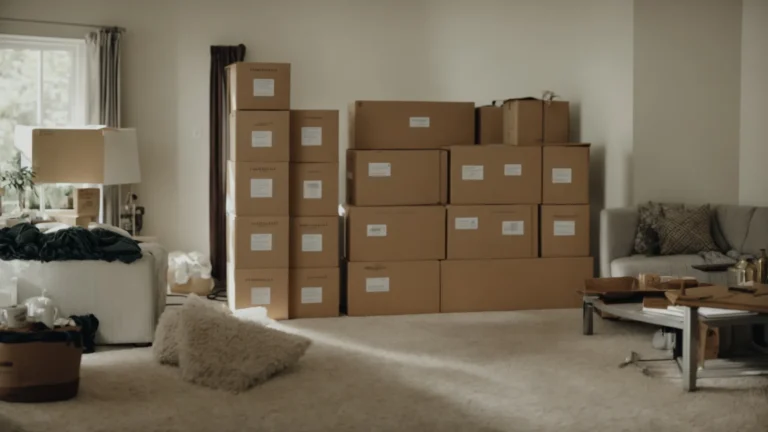Water damage from chimney leaks creates expensive problems that many Portland homeowners discover too late. The Brentwood-Darlington neighborhood, with its mix of charming older homes and newer construction, faces unique challenges when moisture finds its way through compromised chimney systems. Professional chimney repair services become necessary when small leaks turn into major structural issues.
Living in one of Portland’s most beloved neighborhoods means dealing with our famously wet climate. Rain doesn’t just fall here; it settles in for months at a time. While residents appreciate the lush greenery this weather creates, homeowners know that moisture constantly tests every part of their property. Chimneys, standing tall and exposed to the elements year-round, bear the brunt of this assault.
Why Brentwood-Darlington Homes Face Special Risks
The housing stock in Brentwood-Darlington tells a story of Portland’s growth over nearly a century. Many homes date back to the 1920s and 1930s, when construction methods differed significantly from today’s standards. These older chimneys often lack proper waterproofing and may have deteriorating mortar joints that welcome moisture inside.
Newer homes in the area aren’t immune either. Poor installation practices or shortcuts during construction can create weak points where water enters. The neighborhood’s location, nestled between Mount Tabor and the Willamette River, creates microclimates that can trap moisture and extend drying times after storms.
Tree coverage throughout Brentwood-Darlington adds charm but also presents challenges. Large Douglas firs and oak trees drop leaves and debris onto roofs, clogging gutters and creating conditions where water pools around chimney bases. When autumn storms hit, these same trees can cause physical damage to chimney structures.
The Hidden Path of Water Damage
Chimney leaks begin small, sometimes just a few drops during heavy rainstorms. Homeowners might notice a slight discoloration on the ceiling near the fireplace or catch a musty smell in the room after wet weather.
These early warning signs often get dismissed as minor issues that can wait. However, water follows the path of least resistance, spreading through wood framing, insulation, and drywall in ways that aren’t immediately visible. What starts as a small stain can indicate moisture traveling throughout the home’s structure.
The freeze-thaw cycle common in Portland winters makes matters worse. Water that penetrates masonry during wet months expands when temperatures drop, creating larger cracks and openings. Each winter season compounds the previous year’s damage, accelerating the deterioration process.
Common Leak Entry Points in Older Homes
Chimney crowns take the worst beating from Portland’s weather. The concrete or mortar cap at the top of the chimney develops hairline cracks over time, allowing water to seep into the chimney structure. Many homes in Brentwood-Darlington have original crowns that were never properly sealed or have deteriorated beyond their useful life.
Flashing represents another weak point where the chimney meets the roof. This metal barrier should create a watertight seal, but age, thermal expansion, and storm damage can cause it to pull away from either the roof or chimney surface. Original flashing in older homes might have been installed with materials or methods that don’t meet current standards.
Mortar joints between bricks naturally deteriorate over decades of exposure. The pointing compound that holds bricks together becomes porous and crumbles, creating channels for water entry. Wind-driven rain can penetrate these openings and travel down inside the chimney structure.
Missing or damaged chimney caps allow rain to fall directly down the flue. Without proper protection, water hits the smoke shelf and can overflow into the firebox or seep into surrounding masonry. Animals and birds can also enter uncapped chimneys, creating additional damage and debris that blocks proper drainage.
The Real Cost of Delayed Action
Procrastinating on chimney repairs often multiplies the final bill. A simple crown repair that might cost a few hundred dollars can turn into a complete chimney rebuild costing thousands when water damage reaches the foundation level. Homeowners face tough choices between major expenses and continued deterioration.
Structural damage extends beyond the chimney itself. Water can compromise floor joists, wall studs, and ceiling materials throughout the home. Mold growth becomes a serious health concern when moisture persists in hidden spaces. Insurance companies may deny claims for gradual water damage that homeowners could have prevented through regular maintenance.
Property values suffer when chimney problems become apparent to potential buyers. Home inspections reveal water damage that might not be obvious to current residents. Buyers often request significant price reductions to account for needed repairs, sometimes exceeding the original cost of addressing the leak promptly.
Spotting Problems Before They Escalate
Regular visual inspections help catch issues early. Homeowners should look for white staining on exterior brickwork, which indicates water is carrying minerals through the masonry. Rust stains around the damper or firebox signal moisture problems that need attention. Peeling wallpaper or paint near the chimney location inside the home often reveals hidden water infiltration.
After heavy storms, check the area around the fireplace for new water stains or musty odors. Listen for dripping sounds inside the chimney when rain falls hard. These immediate signs suggest active leaks that will worsen without intervention.
Annual inspections by qualified professionals catch problems that homeowners might miss. Trained eyes spot deteriorating mortar, damaged flashing, and crown issues before they allow significant water entry. Many neighborhoods in Brentwood-Darlington have homes that went decades without proper chimney maintenance, making professional assessment even more valuable.
Professional Repair Approaches That Last
Different types of leaks require specific repair strategies. Crown replacement involves removing deteriorated concrete and rebuilding with proper slopes and sealants. Quality work includes installing overhangs that direct water away from the chimney structure rather than allowing it to run down the sides.
Flashing repairs often require removing roofing materials to access the problem areas properly. Professional contractors use step flashing and counter-flashing techniques that create multiple barriers against water entry. They also apply high-quality sealants designed for the thermal expansion that occurs where different materials meet.
Repointing involves removing old mortar and replacing it with compatible materials that match the original construction. Portland Chimney & Masonry Inc and similar experienced contractors understand the importance of using lime-based mortars in older homes rather than modern Portland cement, which can damage historic brickwork through excessive hardness.
Waterproofing treatments provide additional protection for masonry surfaces. Professional-grade sealers penetrate deeply into the brick and mortar while still allowing the materials to breathe. This prevents water entry while avoiding the problems that come with non-breathable coatings that can trap moisture inside the masonry.
Making Smart Repair Decisions
Timing repairs around Portland’s weather patterns saves money and improves results. Spring and early summer provide the best conditions for masonry work, allowing proper curing before the next rainy season. Emergency repairs during winter storms may stabilize situations temporarily but often need refinishing when conditions improve.
Getting multiple estimates helps homeowners understand the scope of work needed. Reputable contractors explain the difference between temporary fixes and permanent repairs. They also prioritize safety issues that could affect the home’s habitability or create fire hazards.
Quality materials make a significant difference in repair longevity. Cheaper options might seem attractive initially but often fail prematurely in Portland’s challenging climate. Investing in proper materials and skilled workmanship prevents repeated repair cycles that cost more over time.
Homeowners in Brentwood-Darlington have invested in a wonderful neighborhood with strong property values. Portland Chimney and Masonry, Inc. chimney leak repair helps protect your investment by addressing issues promptly and properly. The combination of Portland’s wet climate and the area’s older housing stock creates perfect conditions for water damage, but proactive maintenance and quality repairs keep these charming homes safe and valuable for generations to come.




